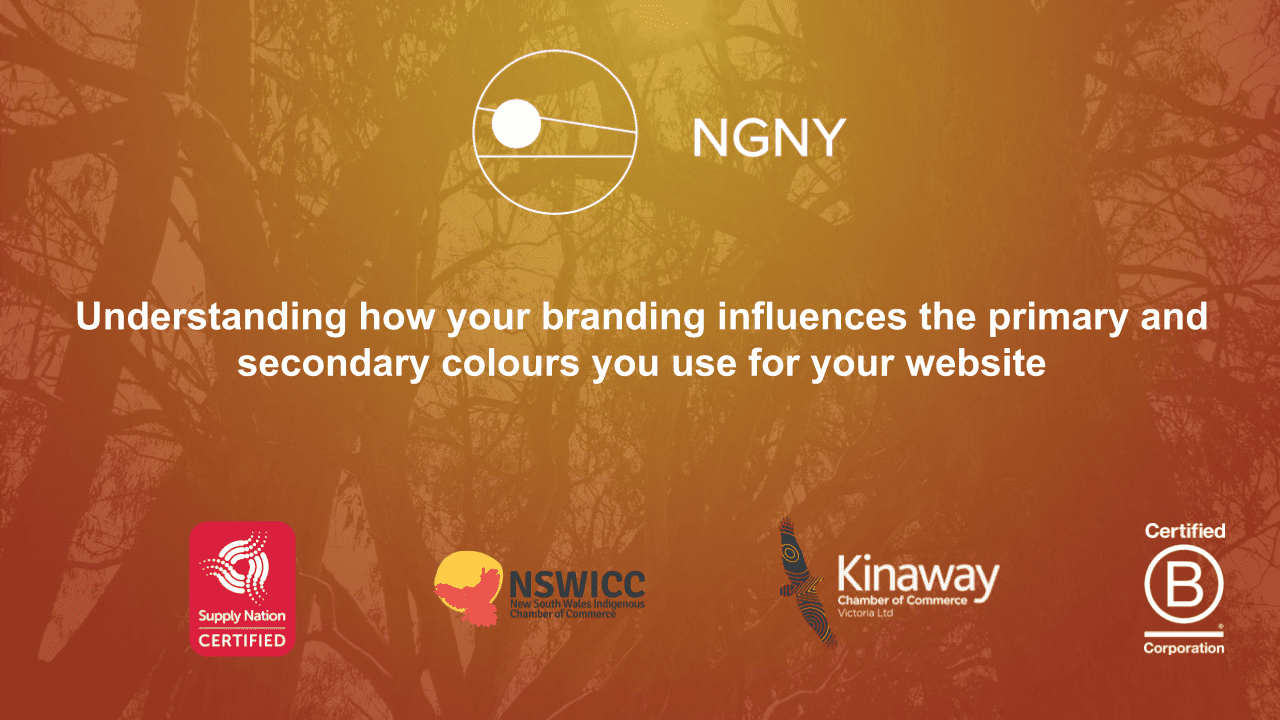
It takes a lot of hard work in order to build a brand. The same requires accuracy, creativity and sustainability because the end goal is for visitors to appreciate your brand. It is undeniable that imagery is what drives visitors’ attention. However putting up the most visually compelling and engaging imagery requires understanding the basic principles of branding colours. Essentially, you want to think of your company like a person: who are they? What’s important to them? Once you establish what your brand personality goals are, how do you determine which colours will work best? It starts with first learning the emotional associations of each colour.
The importance of understanding principles of colours in relation to branding is to appeal to the emotions of your customers. According to a colour theorist, Faber Birren,there is a link between colours and our emotional state. This extends even to shades of individual colours, so deep dark blue and light sky blue will also have different effects. Emotions are powerful in driving our decision making. As a brand, you want to cultivate a strong emotional connection with your customers. While your company’s entire life story cannot be made available outright in a logo, appropriate use of branding colours can appeal to the emotions of your potential customers.
A neuroscientist, Antonio Damasio argued that how consumers feel about a brand has more weight than what they think about a brand. Moreover, repetition of the same colour can strengthen brand awareness. When was the last time you saw a Coke can that wasn’t red or a Twitter bird that wasn’t sky blue? Given enough exposure, colours become part of a brand, so you want to encourage this association by using your brand colours consistently. Here are some important aspects to consider in understanding how your colour choices affect branding influences.
Familiarise the colour theory
It’s a must to have at least a background knowledge on colour theory which refers to the science of how colour works. Basic is the principle of having primary, secondary and tertiary colours. Primary colours are colours that cannot be made by mixing any other two colours. There are three primary colours: red, yellow, and blue. Secondary colours are created by mixing two secondary colours. For instance, when you mix blue and yellow (two primary colours), you get green (a secondary colour).
Tertiary colours are created by mixing a primary colour and a secondary colour that are next to each other on the colour wheel. These create compound colours; for example, mixing blue (primary) and violet (secondary) creates blue-violet (tertiary).
Integrate your branding
Finally, consider how your branding will play into your colour scheme. However, you may need to tweak your brand colours. If one of the colours you’ve chosen has a negative meaning, you might want to choose a different colour. Think about the colour associations that people have with the colours you’ve chosen. Are these associations consistent with the values that you’ve built your brand on?




